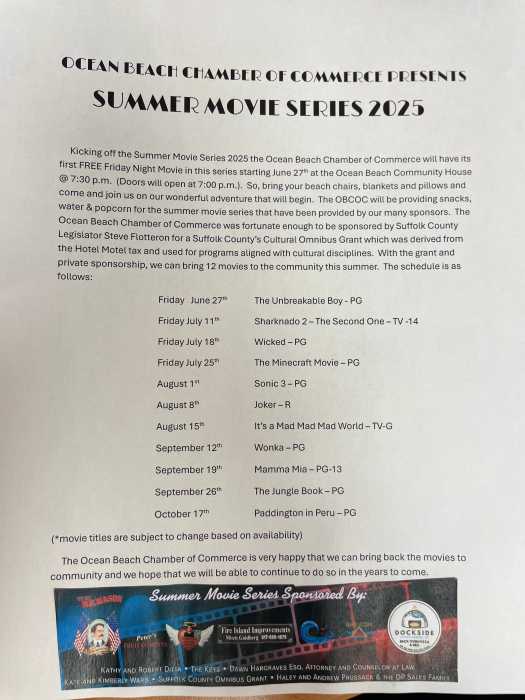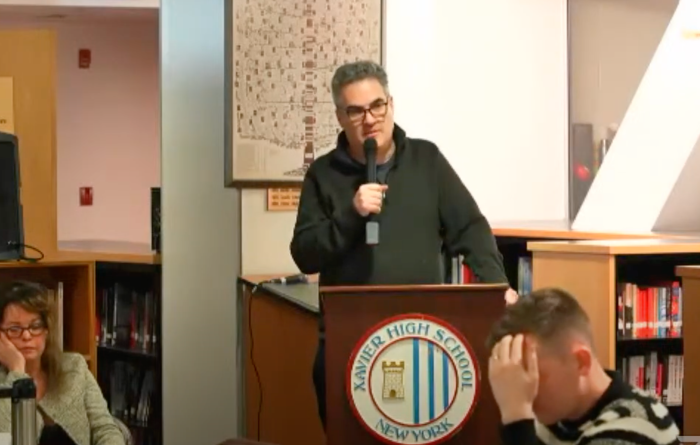Don Newcombe always could go long. In fact, he once started both games of a double-header for the Dodgers — and shut out Philadelphia in the first game and pitched seven innings of the second.
Despite colon surgery over the winter, the 81-year-old “Big Newk” is still demonstrating his stamina. He looked fit at Keyspan Park on Sunday at his bobble-head doll day, fielding questions smoothly, and firing back straight answers.
Newcombe only played 10 seasons in the major leagues. His star burned brightly before alcoholism and injuries extinguished it early.
The 6-foot-4 right-hander was signed by the Branch Rickey in 1946 after several distinguished years with the Newark Eagles, a Negro League team.
He was assigned to Nashua, New Hampshire, a Dodger B-level team, because Nashua was the only United States team in the Dodgers’ vast system that would accept African-Americans.
Even after Jackie Robinson broke the “color barrier” in 1947, other great black ballplayers languished. Roy Campanella, for example, stayed in the minors until 1948, and Newcombe didn’t become a Dodger major leaguer until May 20, 1949.
In both cases, Campanella and Newcombe had statistics that would have warranted earlier call-ups to the majors — were it not for an unspoken policy of adding only one black player a year.
Once he arrived, Newcombe made an immediate splash, going 17-9 and winning the National League rookie-of-the-year honors as he helped the Dodgers to the pennant.
He went 19–11 and 20–9 in the next two seasons before he entered the military for two years.
His first year back, 1954, was an off year, but in 1955, he returned to form with a 20–5 record and played a key role in Brooklyn’s only World Series victory. In addition, he batted .359 that year with seven homers, which is still tied as a record for National League pitchers.
Used regularly as a pinch hitter, he slugged at a .632 rate, higher than Duke Snider and trailing only Willie Mays for position players with enough at-bats to qualify for the slugging crown.
In 1956, Newcombe was 27–7, and won both the National League’s Most Valuable Player and Cy Young awards.
To this day, he is only baseball player to have won the rookie of the year, MVP and Cy Young awards.
On Sunday, Newcombe was asked about his frustration over not reaching the Dodgers sooner.
“I should have made the Dodgers earlier,” he said. “The reason I didn’t was because of the color of my skin.
“I won 19 games my second year at Nashua. In fact, I should have advanced earlier because I was 14–4 my first year at Nashua. I was perturbed about it.”
Newcombe recalled another player, the great Satchel Paige, who, because of prejudice, made the majors only after his prime had passed.
“I remember Satchel Paige pitching against my team, the Newark Eagles, in 1944,” recalled Newcombe.
“He [deliberately] walked the bases loaded, then he struck out the side on nine straight pitches. He was the greatest control pitcher I ever saw.”
Newcombe’s Keyspan Park visit also featured the unveiling of a permanent banner featuring his name and his number, 36.
Earlier in the day, Newcombe was honored with a luncheon at Keyspan.
He was asked about his feat of starting both games of a doubleheader in 1950.
“I was really removed because of my pitch count,” said Newcombe with a twinkle in his eye.
“It had reached 400.”
Channeling the Bard
Each week, Ed Shakespeare, the bard of Brooklyn baseball, will take a page from his ancient ancestor and add a bit of iambic pentameter to all our lives. This week’s contribution is called, “To Go to the Show”:
On Sunday afternoon, the Hall of Fame
Induction happens, but I shall not go.
That day, I will be at some other game,
To see the players most fans hardly know.
The Hall has style — there’s no dispute to that,
And Brooklyn’s there — yes, Jackie, Campy, Duke.
There’s Pee Wee, Sandy, yet no one to bat,
To pitch. I won’t be there — nor will big Newk.
With you, I’ll be in Brooklyn, watching kids.
Young men named Vogl, Voyles, Appell, Bouchard
And Reyes, Schilling, Jacobs — make their bids
To reach the show — to glow in Keyspan’s yard.
The Hall’s events? Well, they’re written, they’re done.
Outside, in Coney, baseball lives — that’s fun.

























